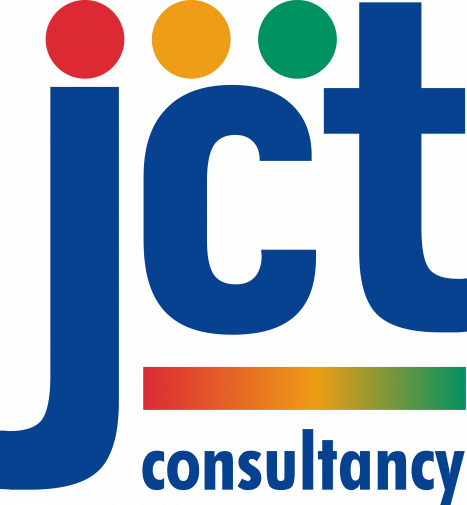Optimisation of Signalised Pedestrian Facilities for Sharply Changing Demands. – Andrew Caleya Chetty – Starling Technologies
Drawing on experience from an on-going trials, this paper reviews what is available to traffic engineers to get the best from their pedestrian crossings under challenging and unpredictable levels of demand. It also considers metrics for pedestrians and the impact of optimisation on active travel. There is no written paper…
